In Focus: Wilhelmina Barns-Graham, the Scottish artist whose work spanned the 20th century
Wilhelmina Barns-Graham (1912–2004) spanned the 20th century with a remarkable range of figurative and abstract paintings and drawings that deserve to be better known, says Peyton Skipwith.


Despite being in the forefront of British Modernism, with Ben Nicholson, Barbara Hepworth and Naum Gabo, in St Ives during the 1940s and 1950s, Wilhelmina — Willie — Barns-Graham’s work is still relatively little known. Perhaps it’s less easy to categorise than theirs. As Nicholson was, she was both a figurative and an abstract painter and draughtsman, but, unlike him, each did not represent different phases of her career, as she carried on the practice of drawing in the open air throughout her life, even during her most extreme non-figurative periods.
Born in 1912, into a well-to-do Scottish family in St Andrews, Barns-Graham had to fight paternal opposition to be allowed to study art rather than follow a more genteel course to marriage and family life. She succeeded in entering the Edinburgh College of Art, where she was tutored by the Scottish Colourist S. J. Peploe and by William Gillies.
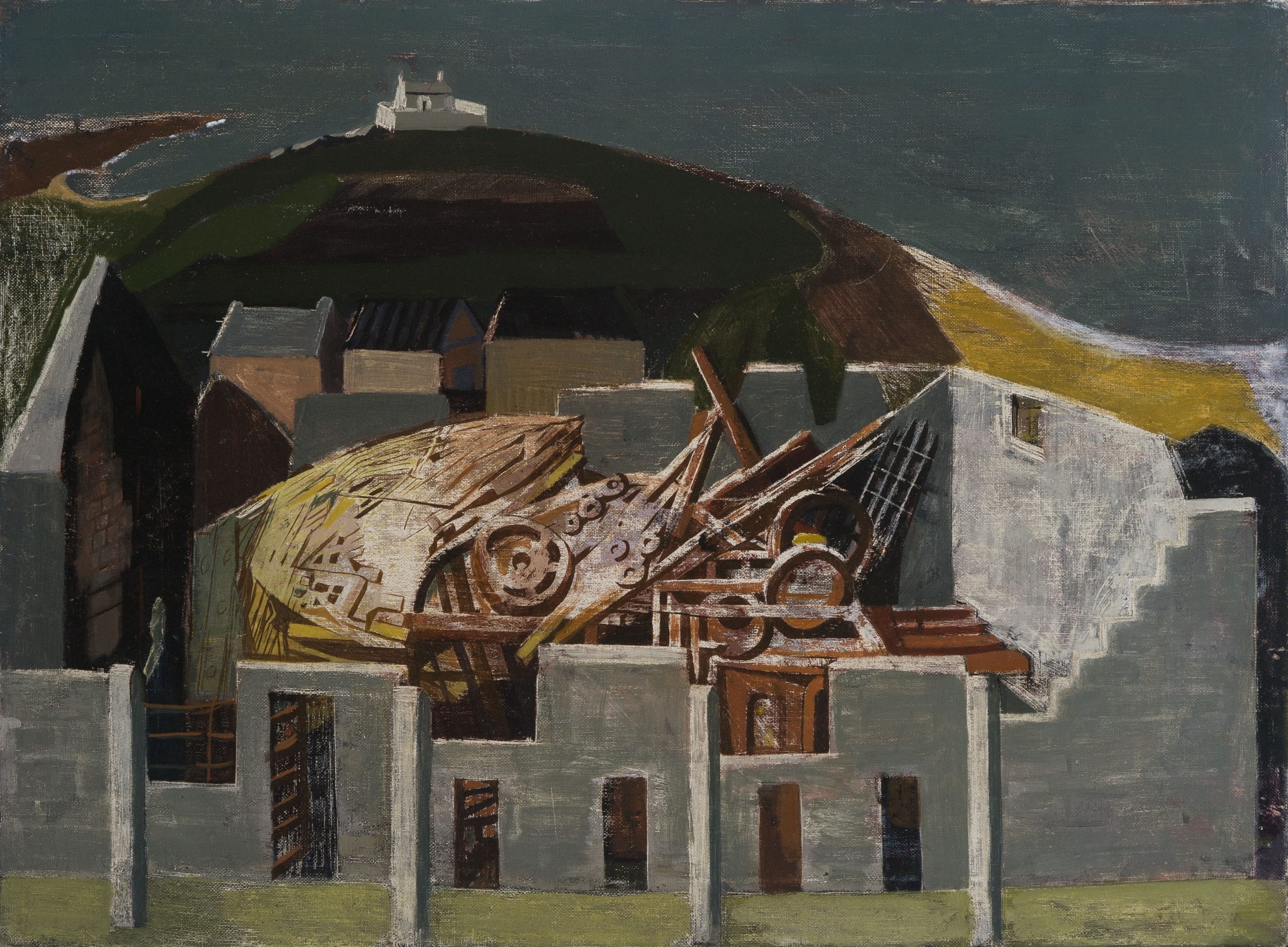
In 1938, she was awarded a six-month European travelling scholarship; however, due to illness, followed by the outbreak of war, it became impossible to take this up. Instead, she was encouraged to move to St Ives. As Virginia Button writes in her forthcoming book on the artist published by Sansom and Co, this ‘represented independence from her family and the beginning of a love affair with Cornwall that would last for 60 years’.
Drawing and painting in the open air near the coast was forbidden by law during the Second World War, so it was when she was working in a factory at St Ives making camouflage nets that Barns-Graham developed the pared-down abstract language that was to distinguish much of her work. She loved architectural and what she termed ‘gritty’ subjects, particularly rubbish dumps with their haphazard assemblage of objects, shapes and colours.
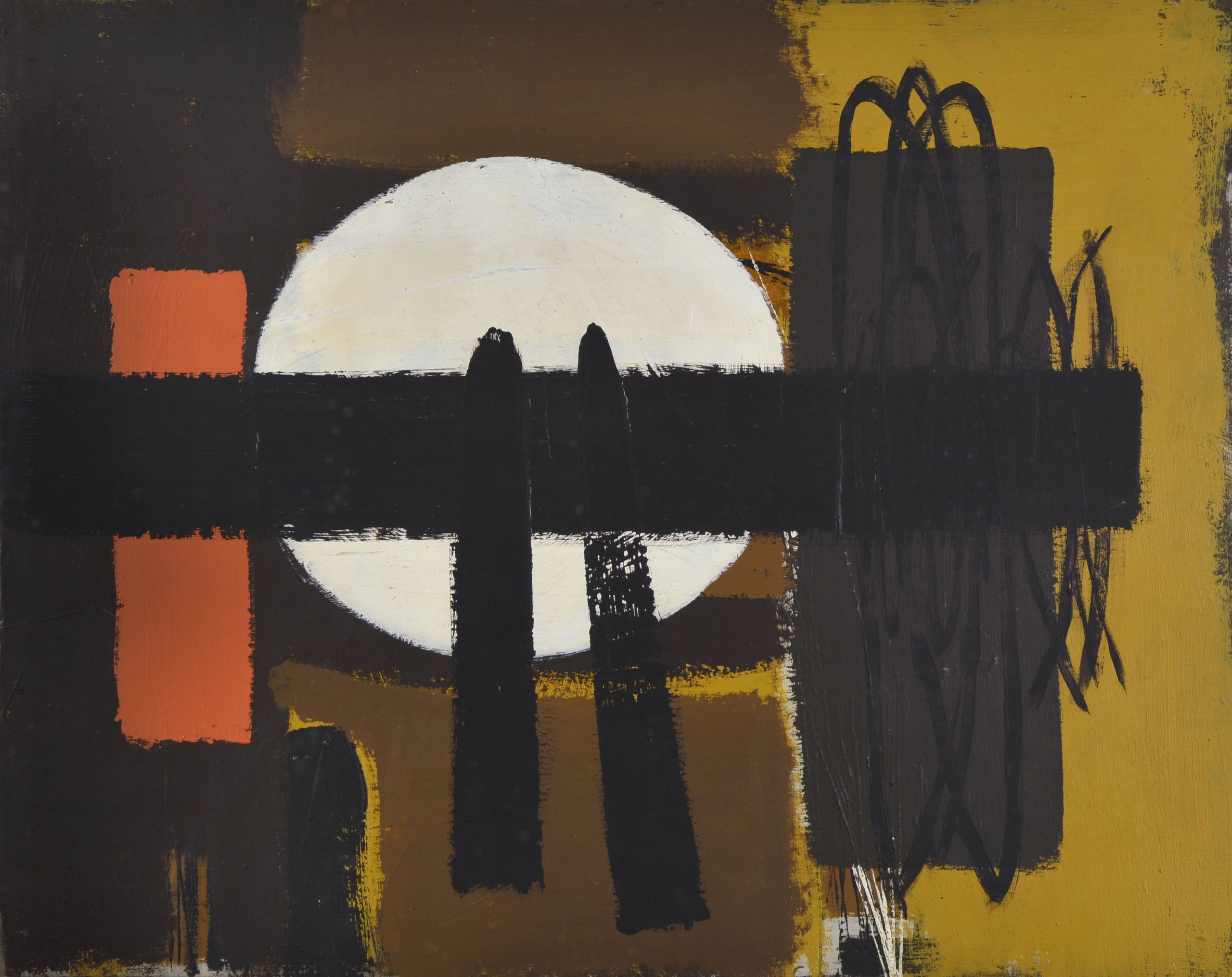
Box Factory Fire (1948) can be seen as a summation of all these interests, the rubble from the burnt factory’s collapsed roof and interior being contained within a de Chirico-esque architectural framework. The same year, she met the poet David Lewis, whom she married on returning from a trip to Switzerland, where she had become fascinated by the crystaline qualities of the Grindelwald Glacier.
This was a transforming experience, which, together with her discovery of the ‘golden section’ — a mathematically based theory concerning ideal proportion — was to become a major impulse behind her practice. She was fascinated, even obsessed, by the glass-like transparency of the glacier and it stimulated what is regarded by many as her most important group of works, the ‘Glacier Series’, which hovers in a magic world between dream and reality, figuration and abstraction.
Glaciers, she noted, combined ‘all angles at once, from above, through and all round’. She linked them to Gabo’s transparent sculptures and they had a profound effect on her approach to painting for the rest of her life.
Exquisite houses, the beauty of Nature, and how to get the most from your life, straight to your inbox.

In 1955, she won a six-month travelling scholarship from the Italian government. En route, she and Lewis broke their journey in Paris to visit the sculptor Constantin Brancusi, before exploring the peninsular from Milan to Sicily. A number of the stained drawings she made during these months, with their austere pencil outlines, are very close to those made by Nicholson at this period.
Barns-Graham suffered from a rare syndrome, a form of synaesthesia, which transposed visual sensations directly into specific colours, with their attendant harmonies and discords. Awareness of the syndrome led her to explore the colour theories of the Russian Constructivist Casimir Malevitch and to her conclusion that ‘colour is the essence of painting and each form is individual and free’. This resulted in the production of the most extreme of her non-figurative paintings, such as Spanish Coast No.3 (1958–59), Jupiter’s Dream (1998) and Blaze (2003).
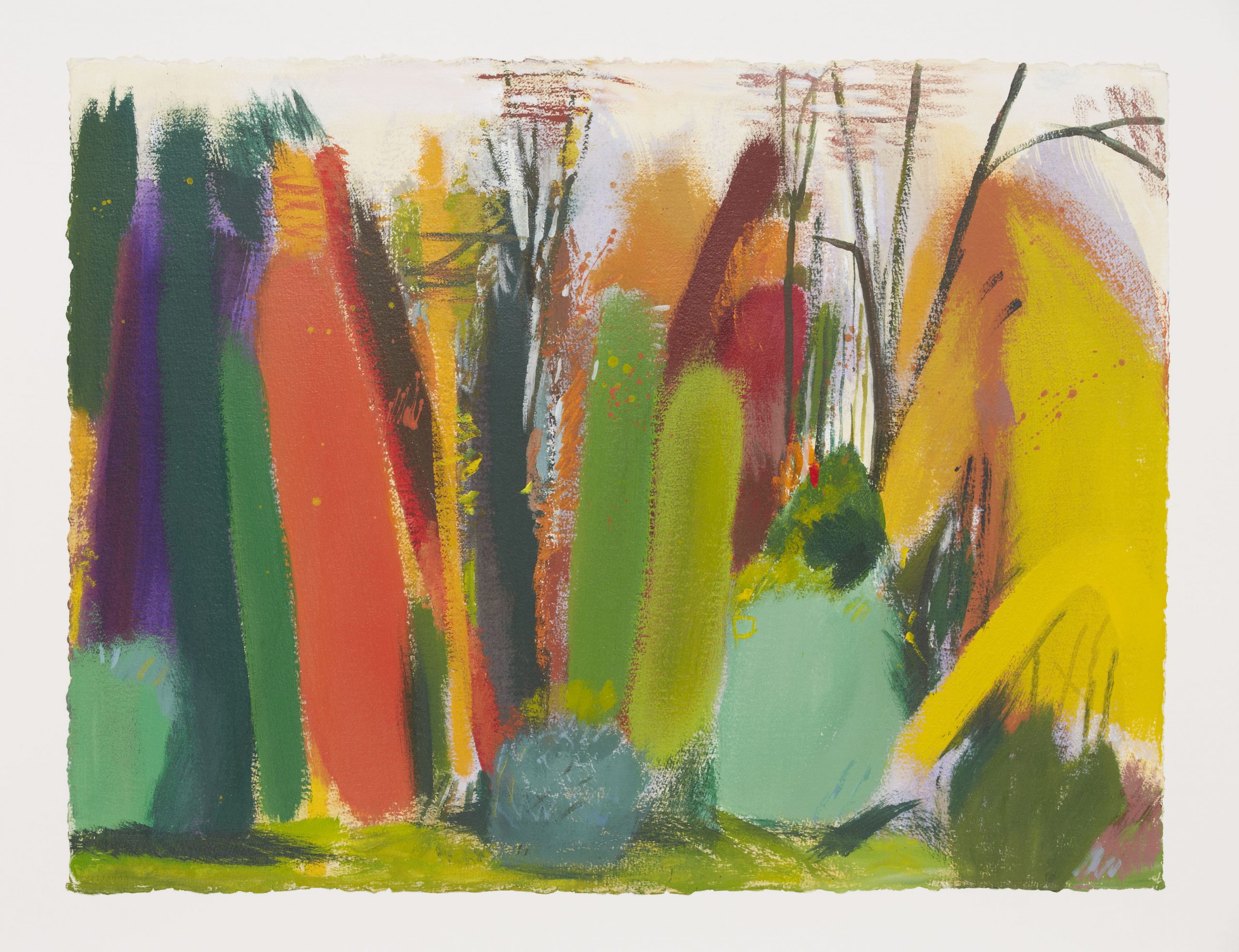
In 1956, despite the fact that their marriage was breaking up, she followed Lewis to Leeds, where he had enrolled in an architectural course; she taught life drawing at the School of Art for one term before returning alone to St Ives.
In 1960, she inherited a small estate in Fife from her favourite aunt and, from then on, divided her time between Scotland and Cornwall, spending the autumn and winter months north of the border, where she painted some of her most uninhibited and lyrical works, including Autumn Series No.4, Balmungo (1998), a joyful affirmation of her abiding belief in the importance of being at one with Nature.
Where to study the work of Wilhelmina Barns-Graham
The Wilhelmina Barns-Graham Trust (www.barns-grahamtrust.org.uk) manages her collection, library and archive, and provides bursaries and scholarships. The trust’s website is an excellent resource, as is the data-base of its collection (wbg.emuseum.com).
Works are held by many public collections, including: Tate St Ives, Cornwall; Pallant House Gallery, Chichester, West Sussex; The Hepworth Wakefield, West Yorkshire; and the Pier Arts Centre, Stromness, Orkney. A touring exhibition, ‘Inspirational Jour-neys’, currently at the Royal West of England Academy, Bristol (temporarily closed; www.rwa.org.uk), will travel to The Atkinson, Southport, Merseyside, in January 2021
Publications include: W. Barns-Graham: A Studio Life by Lynne Green; A Discipline of Mind by Mel Gooding; A Scottish Artist in St Ives by Lynne Green; Wilhelmina Barns-Graham by Virginia Button (out in August)
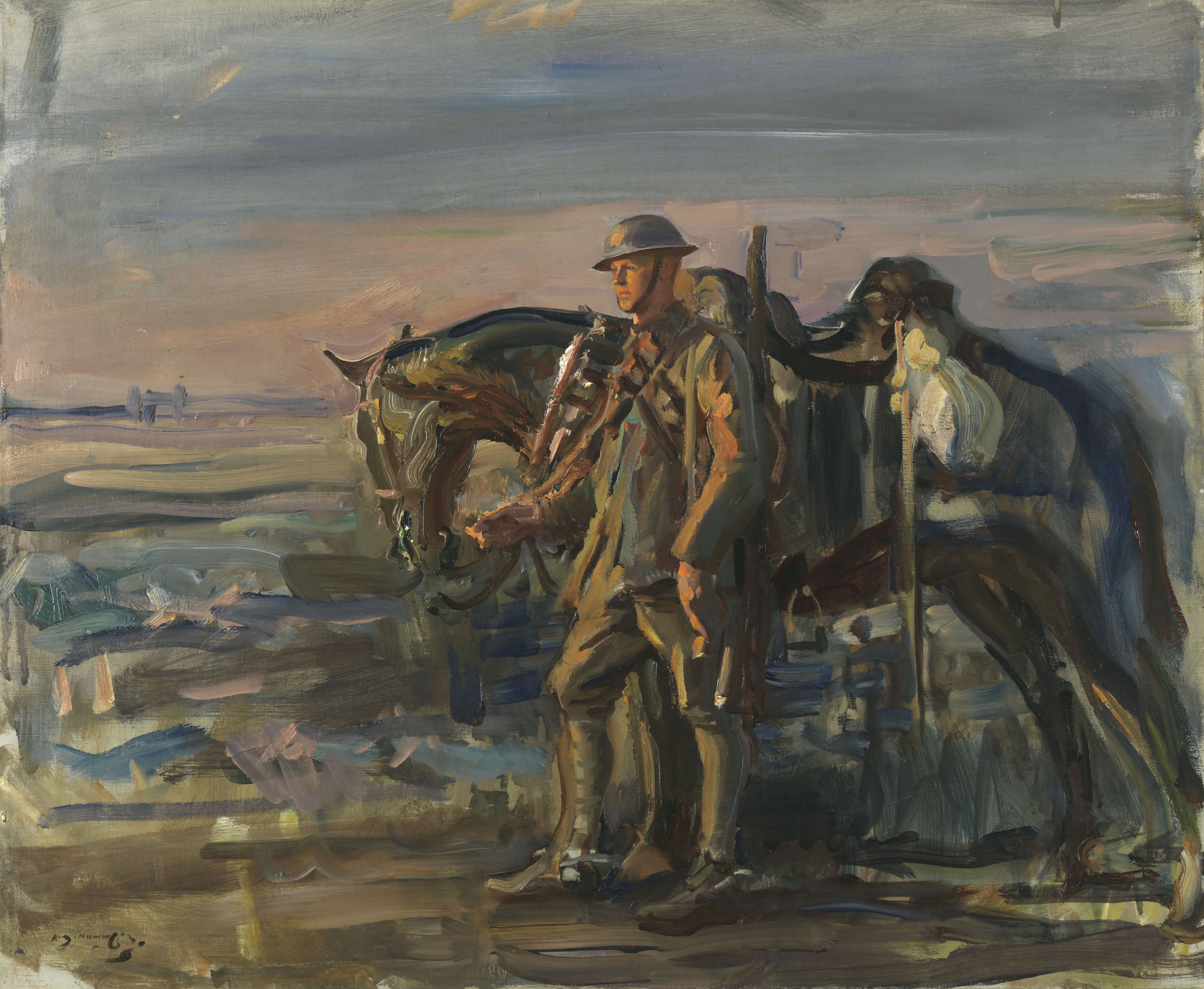
In Focus: The wartime masterpieces of Alfred Munnings
Huon Mallalieu welcomes the opportunity to see a significant body of wartime paintings alongside other works by Munnings in his

In Focus: The charmed life of Paddy Leigh Fermor and friends in Greece
The iconic writer Paddy Leigh Fermor and two of his friends in Greece – both artists, one a local man and

Credit: © Musée Rodin
In Focus: Rodin's quirky take on one of the treasures of the Elgin Marbles
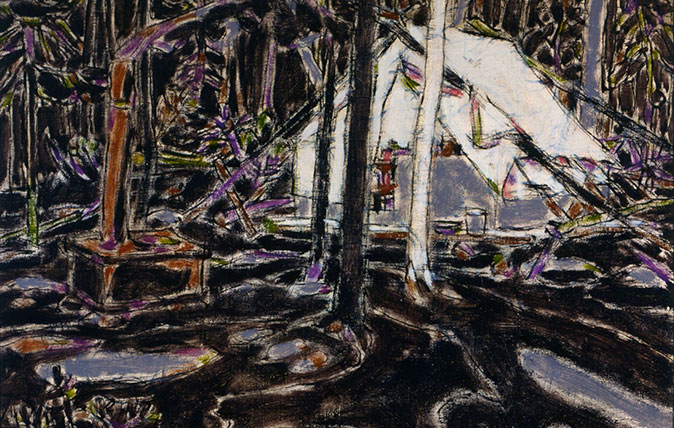
Credit: David Milne, Tent in Temagami, 1929, Collection of the Tom Thomson Art Gallery, Owen Sound, Ontario, bequest from the Douglas M. Duncan Collection, 1970. © The Estate of David Milne
In Focus: The Canadian hermit's work that is a dystopian alternative to Monet
Canadian artist David Milne moved from city to country, eventually ending up as a hermit in a remote part of
Country Life is unlike any other magazine: the only glossy weekly on the newsstand and the only magazine that has been guest-edited by His Majesty The King not once, but twice. It is a celebration of modern rural life and all its diverse joys and pleasures — that was first published in Queen Victoria's Diamond Jubilee year. Our eclectic mixture of witty and informative content — from the most up-to-date property news and commentary and a coveted glimpse inside some of the UK's best houses and gardens, to gardening, the arts and interior design, written by experts in their field — still cannot be found in print or online, anywhere else.
